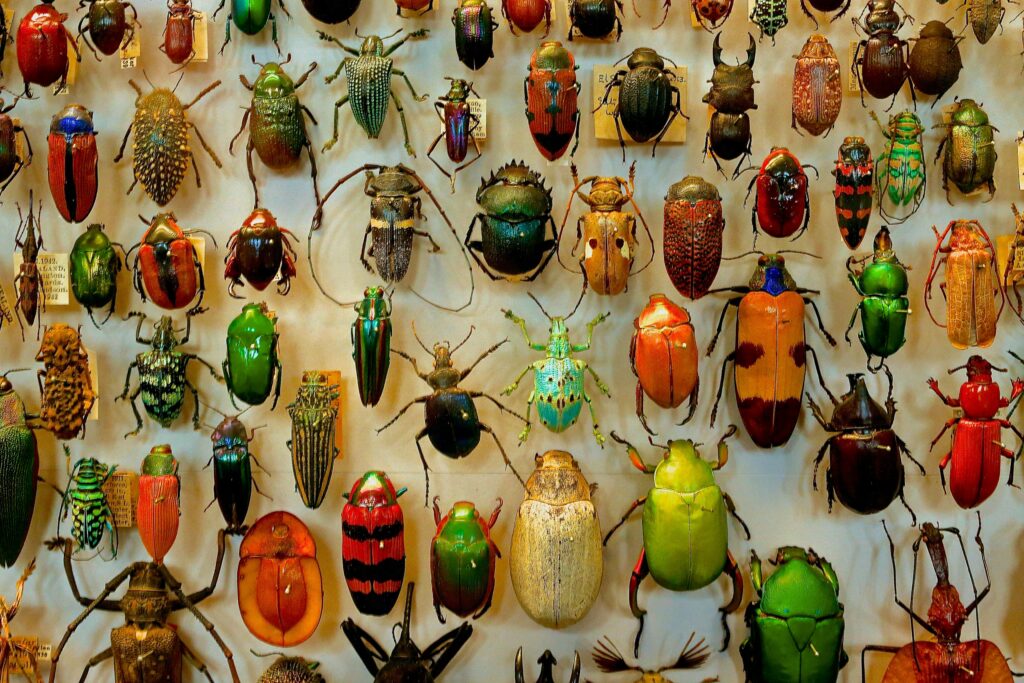In recent decades, a disturbing trend has been emerging across the globe – insects are vanishing at an alarming rate. These tiny creatures, often overlooked and underappreciated, form the foundation of countless ecosystems and food webs. Scientists have documented steep declines in insect populations on every continent except Antarctica, with some regions reporting losses of up to 75% of their insect biomass. This phenomenon, now commonly referred to as the “insect apocalypse,” has profound implications for biodiversity, agriculture, and human wellbeing. Researchers are increasingly raising urgent alarms about what these disappearances could mean for the future of our planet, as insects perform critical ecological functions from pollination to waste decomposition. The evidence is mounting that we are witnessing an ecological crisis unfolding in real-time, one that demands immediate attention and action.
The Scale of the Crisis: Understanding the Numbers
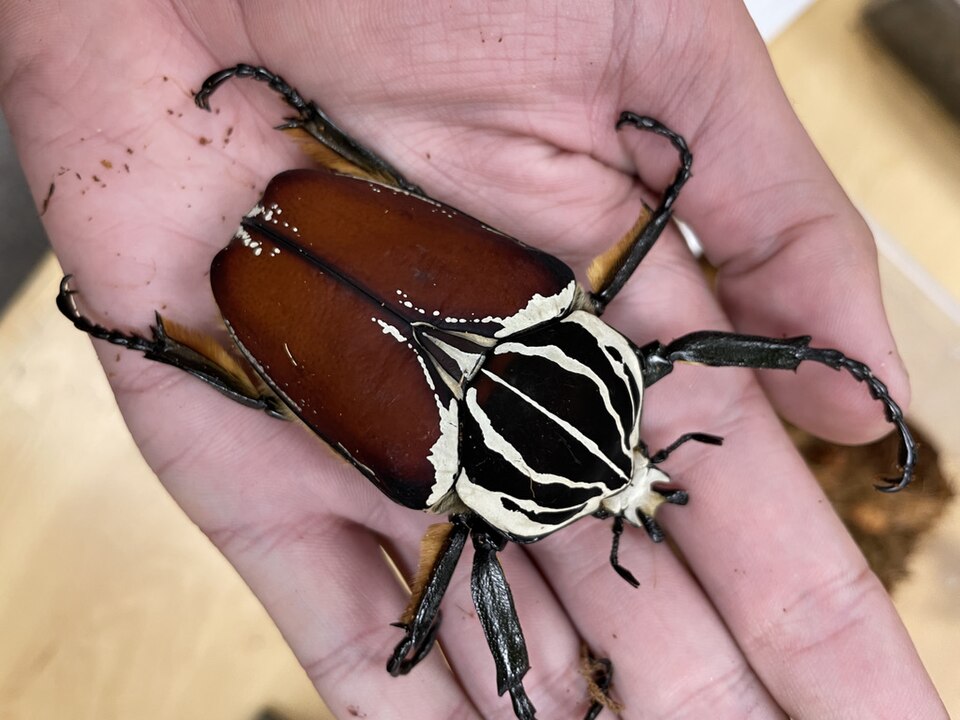
The statistics behind insect decline paint a sobering picture of an ecological crisis accelerating at an unprecedented pace. A landmark 2017 study in Germany found a 76% decrease in flying insect biomass in protected areas over just 27 years, sending shockwaves through the scientific community. In Puerto Rico, researchers documented a 98% decline in ground insect biomass in tropical forests between 1976 and 2013, coinciding with significant drops in the lizards, frogs, and birds that feed on them. Global assessments suggest that over 40% of insect species are threatened with extinction in the coming decades, with beetles, bees, ants, butterflies, dragonflies, and true flies among the most affected groups. These aren’t isolated incidents but part of a consistent global pattern showing steep population drops across diverse insect orders and geographic regions.
Why Insects Matter: The Ecological Importance
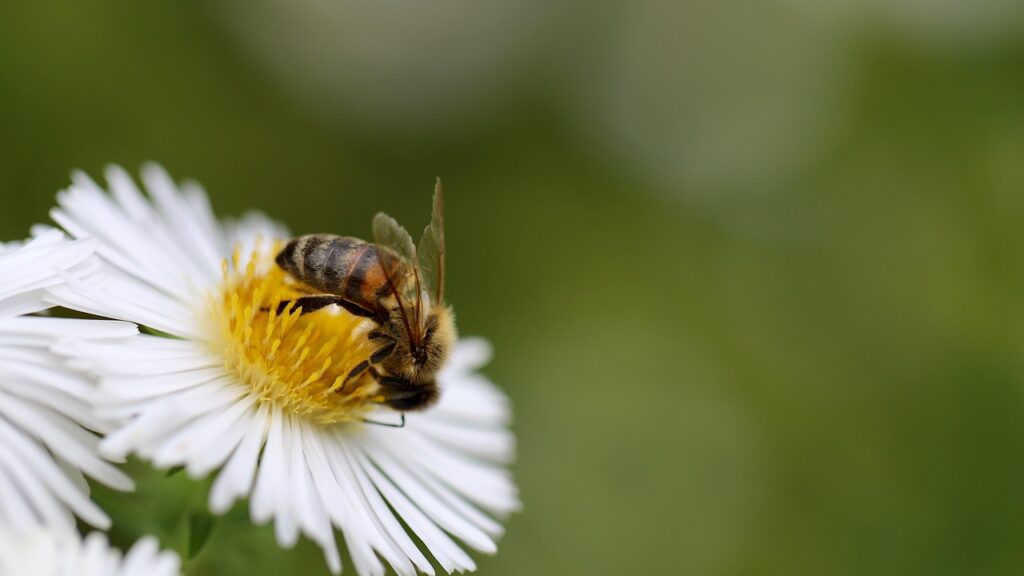
Insects serve as the invisible workforce that keeps our ecosystems functioning in countless essential ways. Pollinators like bees, butterflies, and moths facilitate the reproduction of nearly 90% of flowering plant species and contribute to the production of roughly one-third of the food we consume, representing an estimated economic value of $577 billion annually. Decomposers such as beetles and flies break down organic matter, recycling nutrients back into the soil and maintaining its fertility for plant growth. Predatory insects like ladybugs and lacewings provide natural pest control in agriculture, while aquatic insects help maintain water quality by filtering streams and serving as indicators of ecosystem health. Perhaps most fundamentally, insects form the critical base of countless food webs, serving as the primary food source for many birds, reptiles, amphibians, and mammals, meaning their decline creates a cascading effect throughout entire ecosystems.
Agricultural Intensification: A Primary Driver
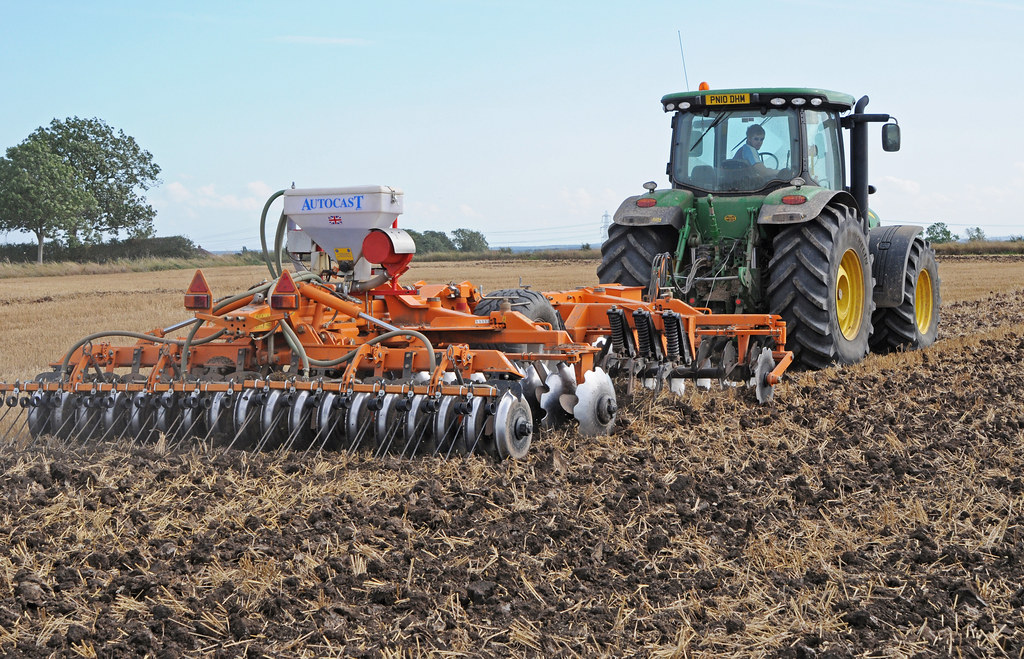
Modern industrial agricultural practices have emerged as one of the most significant contributors to insect decline worldwide. The conversion of diverse natural habitats to vast monoculture croplands has eliminated critical feeding and breeding grounds for countless insect species, replacing complex ecosystems with simplified landscapes that support only a fraction of the original biodiversity. Widespread pesticide use, particularly neonicotinoids which can persist in soil and water for years, has proven especially harmful by not only killing target pest species but also beneficial insects even at sub-lethal doses that impair navigation, reproduction, and immune function. Fertilizer runoff creates nutrient imbalances in nearby ecosystems, promoting algal blooms that deplete oxygen in waterways and harm aquatic insect communities. Intensive tillage practices destroy soil structure and disrupt the lifecycle of ground-dwelling insects, while the removal of hedgerows, field margins, and other natural boundaries eliminates crucial refuges that once supported diverse insect populations in agricultural landscapes.
Habitat Loss and Fragmentation
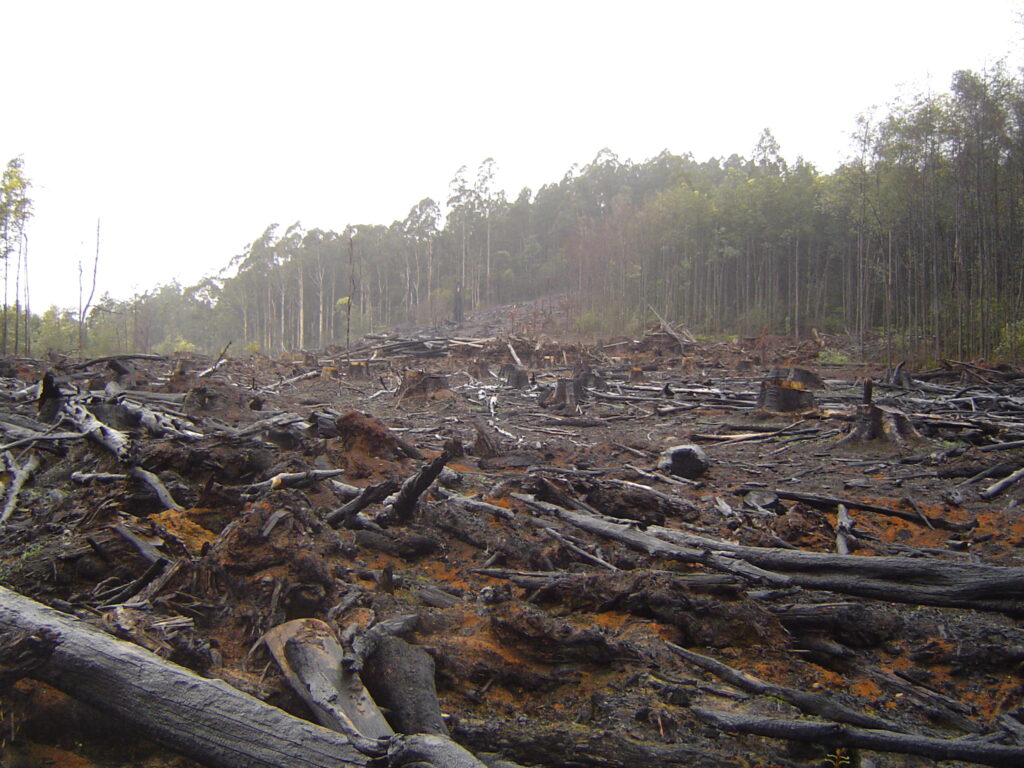
The destruction and fragmentation of natural habitats represent a fundamental threat to insect populations globally. Urbanization transforms diverse landscapes into concrete expanses with minimal green space, eliminating breeding grounds, food sources, and shelter that insects depend on throughout their lifecycle. Deforestation for agriculture, timber, and development has been particularly devastating for forest-specialist insects, including many beetle species and butterflies that have evolved specific relationships with forest plants and cannot adapt to alternative environments. When remaining habitats become fragmented into isolated patches, insect populations become genetically isolated, leading to reduced genetic diversity and increased vulnerability to disease, environmental stress, and localized extinction events. Even protected areas are not immune, as they often become ecological islands surrounded by inhospitable landscapes that prevent the movement and genetic exchange between insect populations necessary for long-term resilience.
Climate Change: Disrupting Delicate Balances
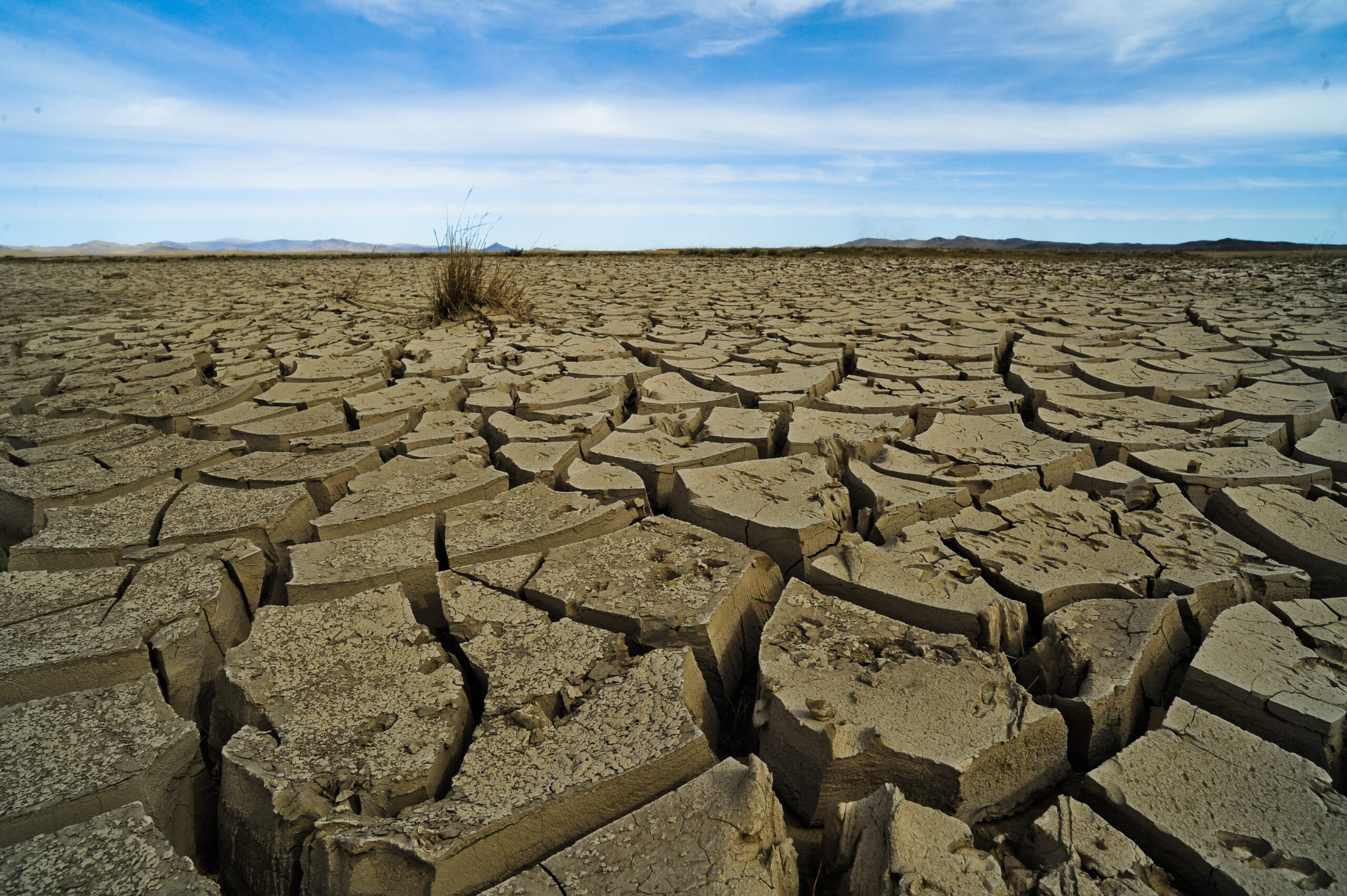
Climate change is increasingly recognized as a major threat multiplier for insect populations, disrupting the delicate timing mechanisms that have evolved over millennia. Rising temperatures are altering the phenology, or seasonal timing, of insect life cycles, often creating dangerous mismatches with the plants they feed on or pollinate – such as butterflies emerging before their nectar plants flower or crop pests arriving before their natural predators. Extreme weather events like prolonged droughts, flooding, and heatwaves can cause direct mortality in insect populations and destroy habitat, with evidence suggesting these events are already driving local extinctions in vulnerable species. Shifting precipitation patterns affect soil moisture levels critical for ground-nesting insects and those with aquatic larval stages, while warming temperatures are forcing cold-adapted species to retreat to higher elevations or latitudes, effectively shrinking their available habitat. Perhaps most concerning, these climate-driven stressors interact synergistically with other threats like habitat loss and pesticide exposure, creating compounding challenges that many insect populations simply cannot overcome.
Light Pollution: The Overlooked Threat
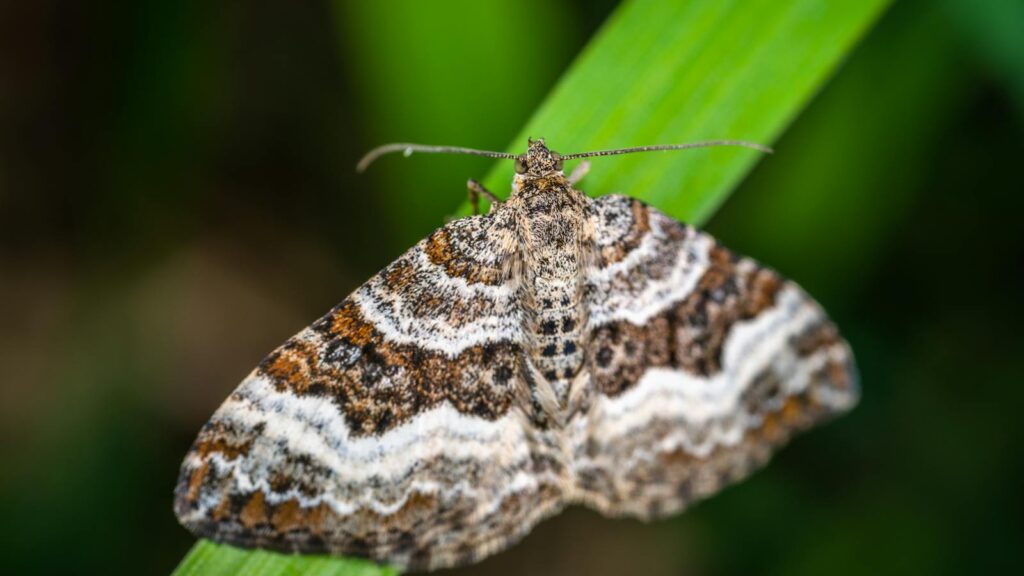
Artificial light at night represents an often-overlooked yet significant contributor to insect decline, disrupting behaviors that have evolved over millions of years in natural light-dark cycles. Nocturnal insects like moths are particularly vulnerable, as artificial lights can fatally disorient them, trap them in exhausting flight patterns, or make them more visible to predators – studies show that a single street light can kill hundreds of insects in one night. Beyond direct mortality, light pollution interferes with reproduction by disrupting mating displays, confusing navigation systems critical for finding food and habitat, and altering predator-prey dynamics in nocturnal communities. For fireflies, whose intricate light-based mating signals are a hallmark of summer evenings in many regions, artificial light can render their bioluminescent communication ineffective, contributing to documented declines in these beloved beetles. The global spread of LED lighting, while more energy-efficient, has worsened this problem as its broader spectrum includes more blue light wavelengths, which are particularly attractive and disruptive to many insect species.
The Mystery of Disappearing Insects: Detection Challenges

Monitoring insect decline presents unique scientific challenges that have complicated efforts to fully understand the scope and specifics of the crisis. Unlike larger animals, most insect species lack long-term population monitoring programs, with historical baseline data existing for only a small fraction of the estimated 5.5 million insect species worldwide. This creates significant gaps in our understanding of which species are declining most rapidly and which might actually be stable or increasing. The remarkable diversity of insects requires specialized expertise to identify species correctly, yet taxonomic expertise is itself declining in many academic institutions, creating what scientists call the “taxonomic impediment” to comprehensive monitoring. Insect populations naturally fluctuate dramatically from year to year due to weather and other factors, requiring decades of data to distinguish long-term trends from normal variability. Additionally, the small size and often cryptic habitats of many insects make detection difficult, leading to what researchers call “detection bias” – we notice the absence of conspicuous species like butterflies but may miss equally important declines in less visible groups like soil arthropods.
Pollinators in Peril: Focus on Bees and Butterflies

Among declining insect populations, pollinators have received particular attention due to their obvious ecological and economic importance. Managed honeybee colonies have experienced troubling winter mortality rates, sometimes exceeding 40% in North America and Europe, attributed to a complex interaction of parasites, pathogens, pesticides, and poor nutrition. Wild bumblebees face even steeper declines, with nearly one-quarter of species threatened with extinction globally and some once-common species like the rusty-patched bumblebee experiencing 87% population reductions in North America. Monarch butterflies, with their iconic migration, have declined by more than 80% in eastern North America since the 1990s, largely due to the loss of milkweed host plants in agricultural areas treated with herbicides. Even common butterfly species previously considered resilient are now showing population collapses, with the UK Butterfly Monitoring Scheme documenting a 46% decrease in common butterfly abundance since 1976. The loss of these charismatic pollinator species represents not just an ecological tragedy but a profound cultural loss, as these visible, beloved insects often form people’s strongest connections to the insect world.
Cascading Effects: Impact on Birds and Other Wildlife
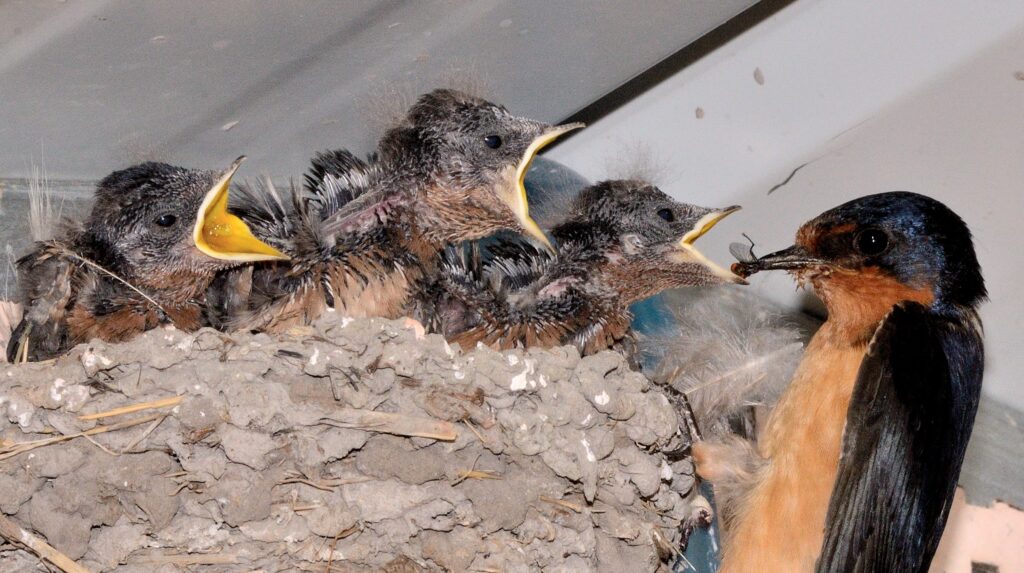
The ramifications of insect decline extend far beyond the insects themselves, creating ripple effects that destabilize entire ecosystems. Insectivorous birds have experienced particularly dramatic declines, with North America losing nearly 3 billion birds since 1970, largely among species that rely on insects as their primary food source. European studies show strong correlations between insect availability and breeding success in farmland birds, with reduced insect biomass leading to fewer offspring and declining populations. Amphibians, many already threatened by habitat loss and disease, face the additional challenge of diminished food resources as insect populations dwindle. Freshwater fish species that feed on aquatic insects and their larvae experience similar nutritional stress when these prey items become scarce. Perhaps most concerning are the potential trophic cascades – complex chain reactions that occur when the loss of one component of a food web triggers unpredictable changes throughout the ecosystem, potentially leading to fundamental alterations in ecosystem structure and function that could prove difficult or impossible to reverse.
Agricultural Consequences: Food Security Implications

The decline of beneficial insects poses a growing threat to global food security and agricultural sustainability. Pollinators contribute directly to the production of approximately 75% of crop types grown worldwide, including many fruits, vegetables, and nuts that provide essential micronutrients in human diets – their loss could reduce crop yields and nutritional diversity at a time when global food demands are rising. Natural pest control provided by predatory insects represents an estimated service worth $4.5 billion annually in the United States alone, with their decline potentially leading to increased pest outbreaks and greater dependency on chemical pesticides. Soil-dwelling insects and other invertebrates contribute to soil health by improving structure, water infiltration, and nutrient cycling – their loss degrades soil quality and may reduce agricultural resilience to climate change. Some regions are already experiencing economic impacts from pollinator shortages, with farmers in parts of China and elsewhere having to hand-pollinate fruit trees due to insufficient wild pollinators, dramatically increasing production costs.
Success Stories: Conservation Efforts That Work
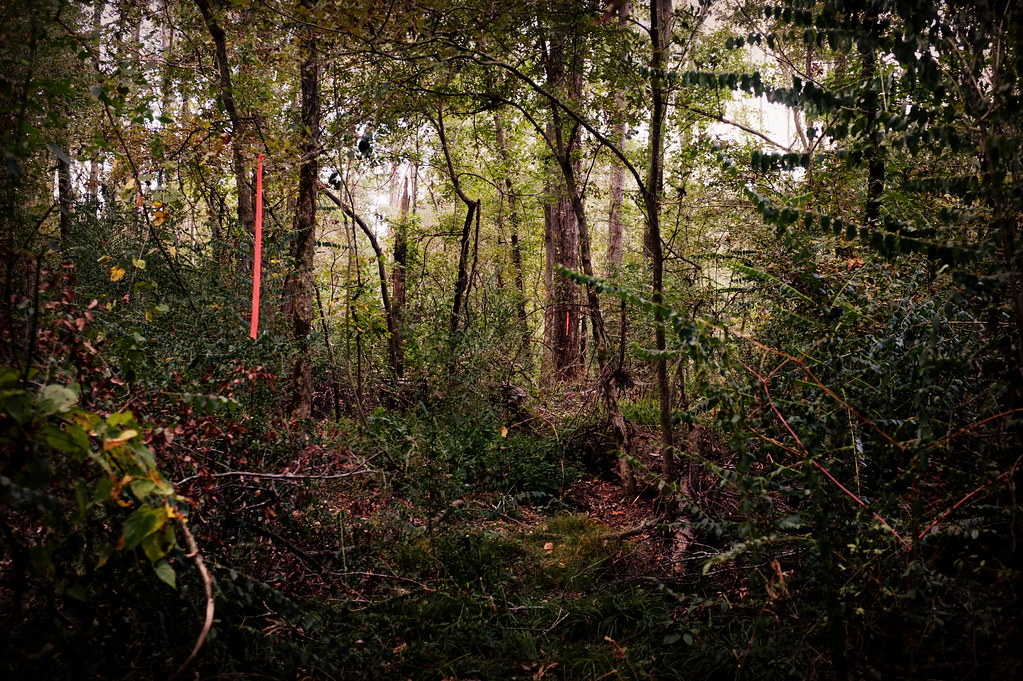
Despite the grim outlook, targeted conservation efforts have demonstrated remarkable success in reversing insect declines when properly implemented. Habitat restoration projects like the “B-Lines” initiative in the UK have created networks of wildflower-rich corridors across agricultural landscapes, providing crucial resources for pollinators and showing measurable increases in bee and butterfly abundance within restored areas. Reduced-input farming approaches, including organic agriculture and integrated pest management, have been shown to support insect biodiversity while maintaining productive agricultural systems, with studies documenting 30% higher species richness on organic farms compared to conventional operations. Urban conservation initiatives, including pollinator gardens, reduced mowing regimes in parks, and insect-friendly lighting policies, have successfully increased urban insect diversity while engaging communities in conservation efforts. Species-specific recovery programs have brought insects back from the brink of extinction, as demonstrated by the large blue butterfly in the UK, which was successfully reintroduced after becoming extinct in 1979 and now maintains stable populations thanks to careful habitat management and research-informed conservation strategies.
Policy Solutions: Regulations and Incentives

Effective policy interventions represent a critical component of addressing insect decline on the necessary scale and timeline. Pesticide regulations have shown measurable benefits when strengthened, as evidenced by the European Union’s restrictions on neonicotinoid insecticides, which have been associated with rebounding wild bee populations in areas where these chemicals were previously widely used. Agricultural subsidy reforms that reward farmers for sustainable practices and ecosystem services rather than solely production have proven effective in several European countries, encouraging the maintenance of insect-friendly habitats within agricultural landscapes. Protected area designations that specifically consider insect conservation needs have helped preserve critical habitats, particularly when these areas are strategically connected through ecological corridors that facilitate insect movement and genetic exchange. International agreements like the Convention on Biological Diversity offer frameworks for coordinated action, though stronger enforcement mechanisms and more specific targets for insect conservation would enhance their effectiveness. Perhaps most promising are integrated landscape management approaches that bring together diverse stakeholders to develop regionally-appropriate strategies that balance human needs with biodiversity conservation across entire landscapes.
Individual Action: What Everyone Can Do
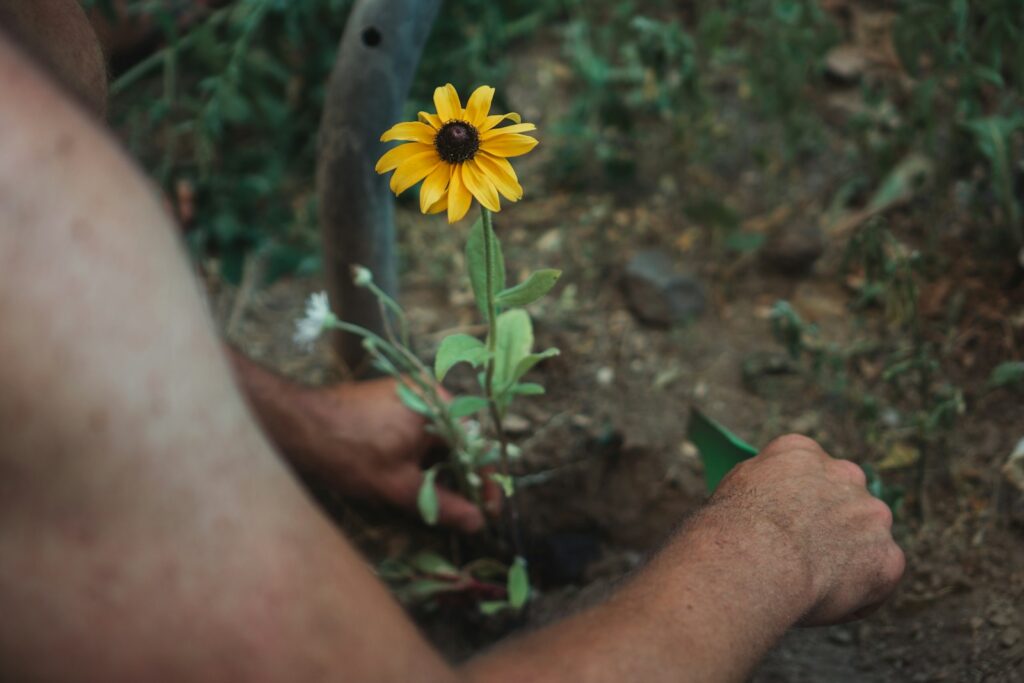
While policy and large-scale conservation efforts are essential, individual actions collectively contribute significantly to insect conservation. Creating insect-friendly gardens by planting native flowers, shrubs, and trees that provide season-long nectar, pollen, and habitat can transform even small spaces into valuable insect refuges, with research showing that urban gardens can support remarkably diverse pollinator communities when properly managed. Reducing or eliminating pesticide use in home gardens protects beneficial insects, while tolerating some level of plant damage acknowledges the important role of plant-eating insects in supporting food webs. Leaving portions of gardens “messy” with leaf litter, bare soil patches, dead wood, and unmowed areas provides nesting sites and overwintering habitat for numerous insect species that would otherwise find no suitable home in manicured landscapes. Supporting sustainable agriculture through purchasing organic products or joining community-supported agriculture programs helps expand farming practices that better accommodate insect needs. Perhaps most importantly, engaging in citizen science projects like butterfly monitoring programs both contributes valuable data to scientific understanding of insect trends and fosters deeper personal connections to the insect world.
The Future of Insect Conservation: Research Frontiers
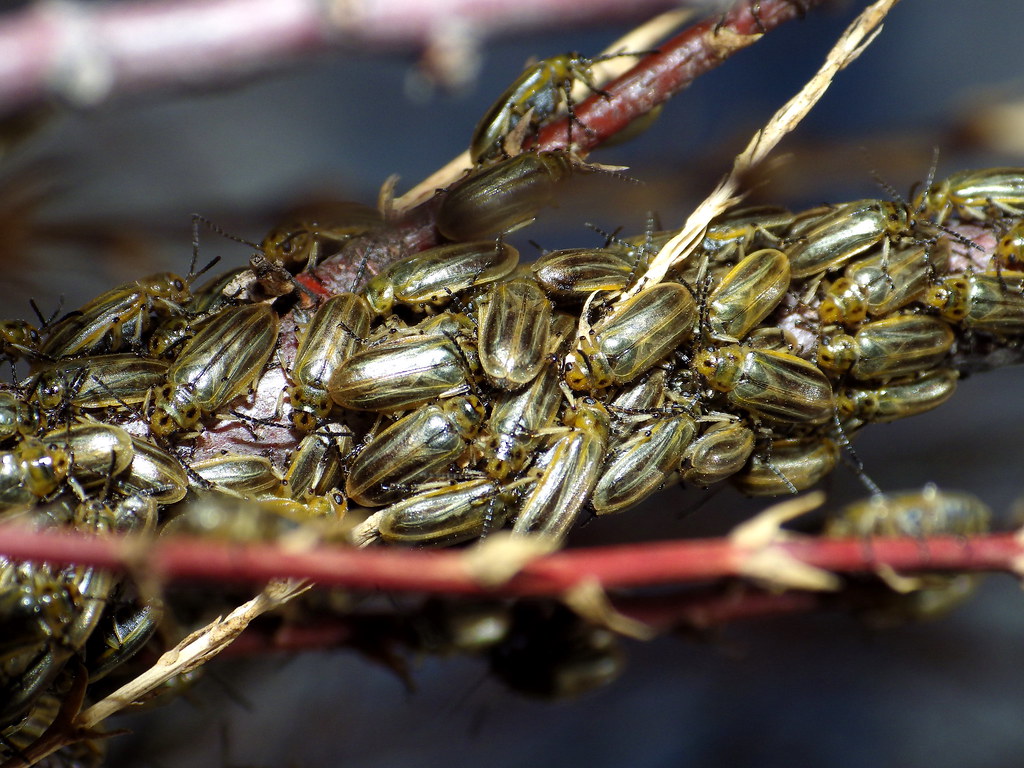
Advancing insect conservation requires addressing critical knowledge gaps through innovative research approaches. New monitoring technologies are revolutionizing insect surveillance, with environmental DNA (eDNA) sampling, automated camera systems, and acoustic monitoring allowing scientists to detect and identify insects with unprecedented efficiency and minimal disturbance. Restoration ecology focused specifically on insect needs is an expanding field, investigating questions about habitat requirements, minimum viable areas, and connectivity thresholds necessary for self-sustaining insect populations across different landscape types. Emerging genetic tools, including gene editing and assisted evolution, present both opportunities and ethical questions for insect conservation, potentially offering new approaches for enhancing resilience to climate change or disease in vulnerable populations. Research into coexistence strategies is particularly important, developing and testing methods that allow productive human land use while maintaining sufficient habitat complexity and quality to support diverse insect communities. Interdisciplinary collaboration between entomologists, economists, social scientists, and policymakers is essential to translate scientific understanding into effective, socially acceptable, and economically viable conservation solutions that can be implemented at the necessary scale.
Conclusion
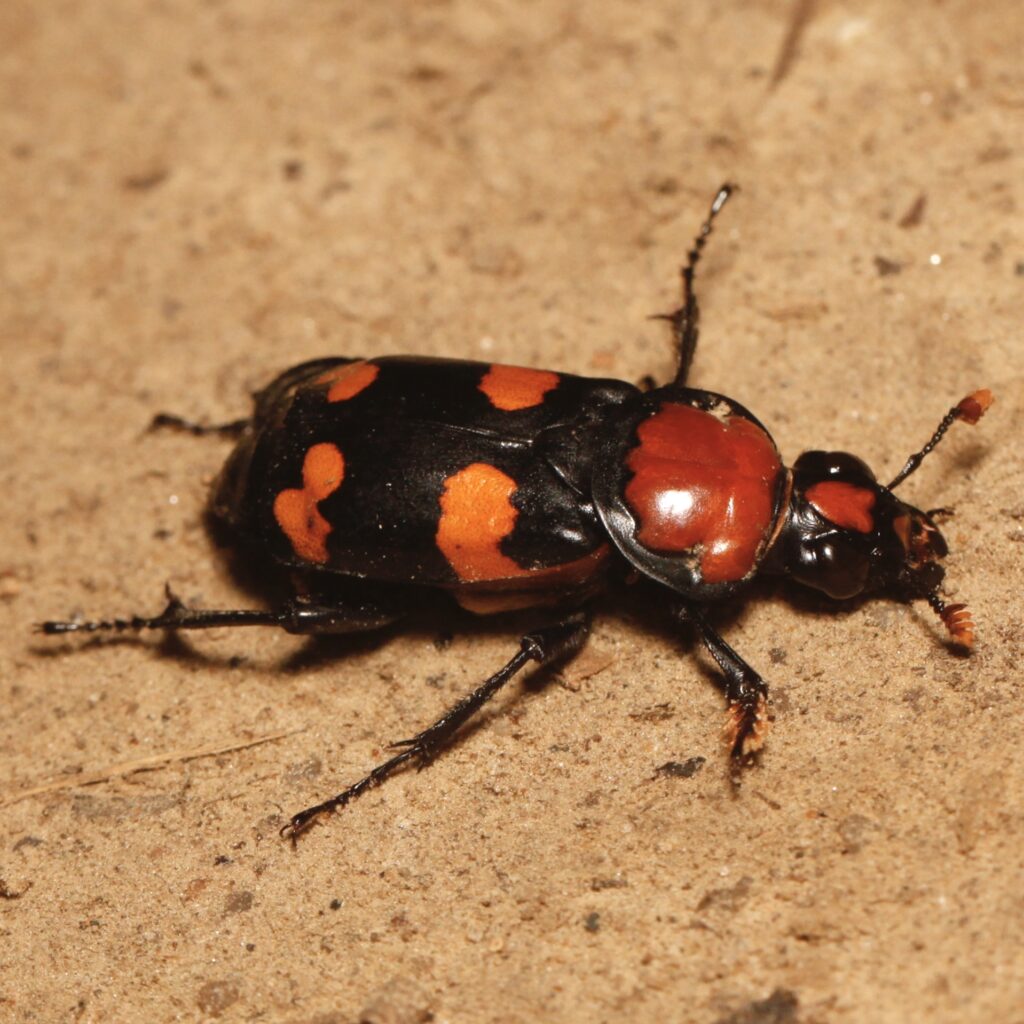
As our understanding of the great insect decline continues to grow, so too does the urgency of addressing this ecological crisis. The evidence is clear that we are witnessing an unprecedented loss of insect abundance and diversity, driven by multiple interacting human pressures on the natural world. Yet the situation is not hopeless. Through a combination of policy reform, landscape-scale conservation, sustainable agricultural practices, and individual actions, we can create a future where insects continue to fulfill their essential ecological roles. The alarm being sounded by scientists is not merely a warning of impending doom but a call to action—recognition that we still have time to change course if we act decisively. The fate of insects is inextricably linked with our own, and by protecting these small but mighty creatures, we ultimately safeguard the ecological foundations that support all life on Earth, including humanity.

